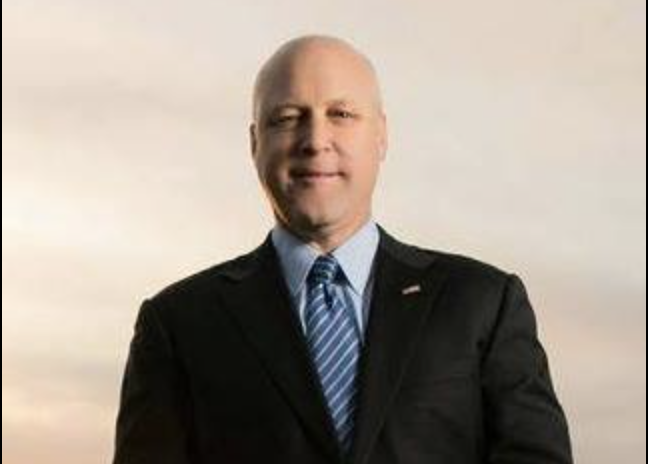The Biden administration is continuing its campaign to push more funding from the Infrastructure Investment and Jobs Act (IIJA) into the hands of state and local officials who can then move them closer to contract bidding and awards.
Biden’s infrastructure implementation coordinator, former New Orleans Governor Mitch Landrieu, says that of the IIJA’s $1.2-trillion total, federal departments and agencies in the past 110 days have “pushed down about $110 billion to the states.” The legislation was enacted last Nov. 15.
Speaking at a Bipartisan Policy Center virtual forum on March 9, Landrieu said, “So when people ask me: ‘When is this stuff happening? the answer is right now.”
Landrieu added, “This is a massive, life-changing amount of investment, for us to really kickstart how we’re going to rebuild this country and make ourselves strong again.”
He also provided a breakdown of the IIJA’s overall funding, noting that about half of the $1.2-trillion total will flow through the U.S. Dept. of Transportation.
The rest will come through various other departments and agencies, including the Energy, Commerce, Agriculture and Interior Depts. and the Environmental Protection Agency and other agencies.
He said that there are 375 programs in the mammoth $1.2-trillion legislation, “and 125 of them are brand new.”
The funding that has rolled out the earliest is the 55% to 65% of the total that has been or will be parceled out according to formulas. That means that “it’s gone to the governors through pipelines that have already been previously established in traditional funding sources,” Landrieu says.
Formula funding examples include highway aid from DOT's Federal Highway Administration.
The other 35% to 45% of the IIJA's total will be distributed through grants for which states and localities will compete. Those programs’ funds will take longer to be awarded.
As federal agencies allocate IIJA funding, Landrieu noted, “We have to make sure that these dollars are used to make sure that we see people that have been left behind brought into the economy in a real and thoughtful way.”
He added, “So every one of these programs ought to have an equity lens on it.”
Other priorities include ensuring that projects use U.S.-made materials and components, and stimulating “high-paying jobs— preferably, from [Biden’s] perspective, union jobs.”
Projects should be built to make them resilient and sustainable, he said.
Samantha Silverberg, the White House’s deputy infrastructure chief, told meeting attendees that 90% of the funds from the new law “will be delivered by non-federal partners,” including states, cities, port authorities, transit agencies, nonprofits and other entities.
She also said that the administration has asked each state to name an infrastructure coordinator and notes that about 26 states have done so thus far.
Those officials can coordinate efforts amount various agencies within their respective states. “We want to see that same kind of integration also at the local level,” Silverberg said.
She said that the administration has published a guidebook to the IIJA and its many programs, on its build.gov webpage.






Post a comment to this article
Report Abusive Comment